I have two data sets where two values where measured. I am interested in the difference between the value and the standard deviation of the difference. I made a histogram which I would like to fit two normal distributions. To calculate the difference between the maxima. I also would like to evaluate the effect that in on data set I have much less data on one value. I've already looked at this link but it is not really what I need: Python: finding the intersection point of two gaussian curves
for ii in range(2,8):
# Kanal = ii - 1
file = filepath + '\Mappe1.txt'
data = np.loadtxt(file, delimiter='\t', skiprows=1)
data = data[:,ii]
plt.hist(data,bins=100)
plt.xlabel("bins")
plt.ylabel("Counts")
plt.tight_layout()
plt.grid()
plt.figure()
plt.show()

